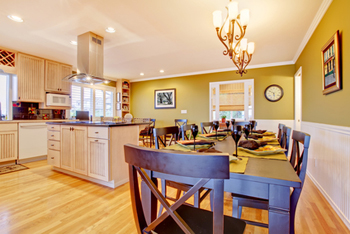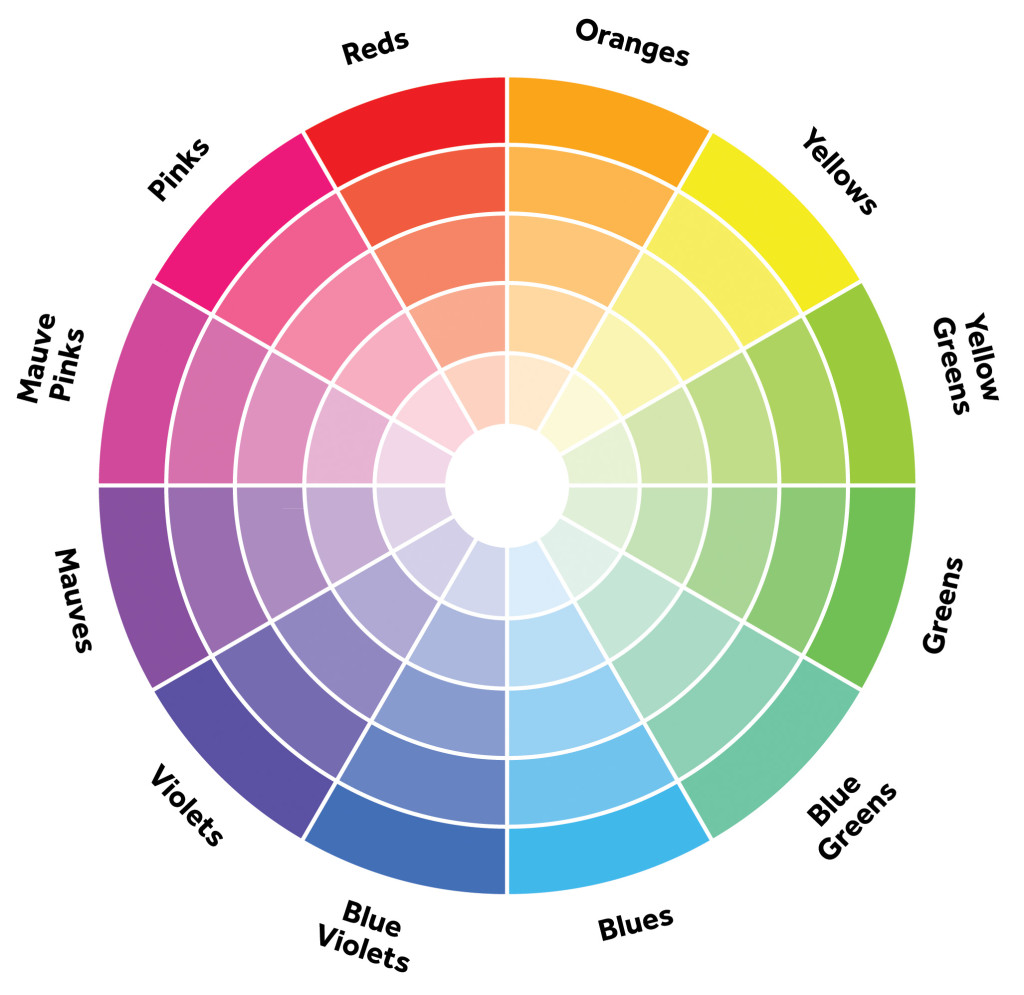House Painter Tip: Color Wheel Guide
Picking just the right paint color can be overwhelming. You can be left racked with indecision as you choose between swatches. Funny how paint companies seem intent on re-creating all of the 7 million colors distinguishable to the human eye. Sorting through which of those colors will mix harmoniously on your living room wall is enough to make you turn straight to the eggshell-white family and never leave.
One way to go, is to use a complementary color scheme. Consider the rule that opposing colors attract. These complimentary colors are found at opposite ends from each other on a paint color wheel. When used together, they bring out the best in each other. This makes both colors look cleaner and brighter than if either were mixed with a different shade.
The color wheel is an essential tool for paint pros everywhere. The color wheel was made to to help people understand how to better use colors together and understand the relationships between different hues. The bases are three primary colors: blue, yellow and red. These colors can be combined to make the three secondary colors: purple, green, and orange. Tertiary colors are the remaining six colors on the wheel. Tertiary colors are mixes of the secondary colors. These include such hues as red-orange and blue-green.
Familiarizing yourself with the color wheel can help you. It can do this by helping you understand how to best mix and match a cool color with a warm one. This will give you a naturally balanced looking room.
A Little History…
…In 1704, Isaac Newton came up with a circle showing a spectrum of seven colors. In this work, “Treatise on Optics” he noticed that certain hues around the wheel were opposed to each other and provided the greatest contrast. He identified a reddish purple, yellow & violet, blue & red, and also green.
In the following decades scientists refined Newton’s color circle. Eventually they gave it twelve colors. These included the three primary colors (yellow, blue, and red). Also included three secondary colors (green, violet, and orange), made by combining primary colors. Finally, six other colors, a combination of primary and secondary colors.
Check out some colors from Dunn-Edwards Paints!


